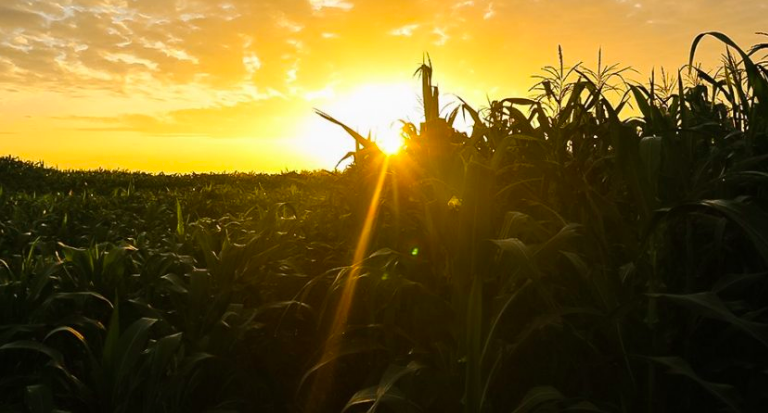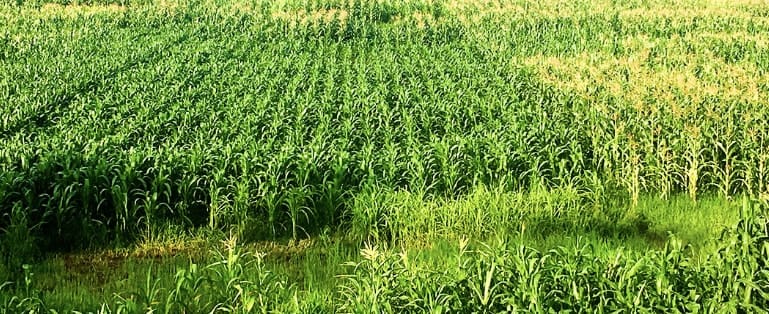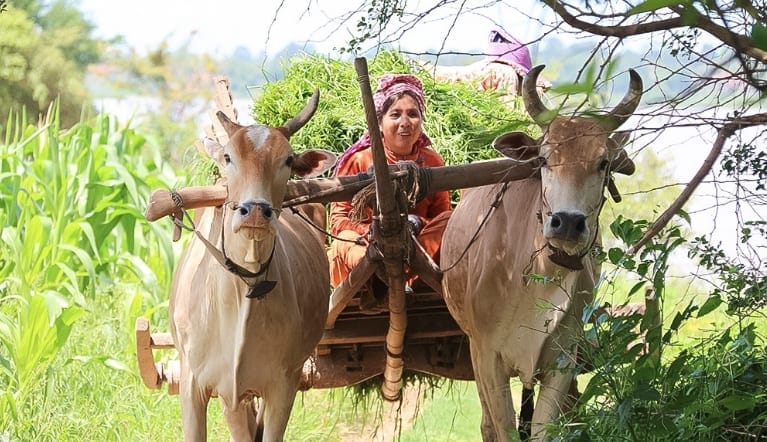Cambodian corn farms go GMO
As a result the government has put forward no official stance on the use of GM crops but in a 2014 report Cambodia’s King expressed concern about the issues associated with exporting GM commodities to Europe

Alice Pohlner
Genetically modified crops are controversial in Australia due to the concern they could cause havoc to the environment.
And while Australian farmers must follow strict guidelines to grow anything genetically modified, in a remote village in Cambodia, GM maize (corn) is extremely popular.
More than 100 farming families in the small village of Kbal Koh on the Mekong river island of Koh Chraeng made the swap from local maize to GM maize about ten years ago.
Local farmer Khiev Iaen said since transitioning to GM, the crops produced greater yields and proved to be more resistant to the harsh climate of the island.
“The new corn can stay in heat more than the old corn and also won’t die as easily in flood,” Mr Iaen said.
“GM is much more productive than local corn and to compare local corn in the past per hectare, [we] got five tonne and [now with] GM up to 13 tonne.”
Genetically modified crops are still new to Cambodia with no official statistics released by official parties.

As a result the government has put forward no official stance on the use of GM crops but in a 2014 report Cambodia’s King expressed concern about the issues associated with exporting GM commodities to Europe.
Kbal Koh Village Chief Khiev Malai said Cambodia’s Department of Agriculture had recommended the village grow GM maize created by biotechnology giant Monsanto.
“The first time it’s from the agriculture department told me about the company and introduced me to grow GM because it can provide a lot of productivity,” Mr Malai said.
“The GM is from Vietnam and then from Thailand and we buy it every year.”
Mr Malai said the village decided to implement the GM crops onto the island in small phases because it would be an expensive venture.
“The first time we collect the seed from Vietnam, and then just a few house try to grow GM and then compare between the local corn and the GM corn,” he said.
“Then when we thought it good, everyone grow GM corn.”
“We spend much cost every year as local corn[is] one kg just 1500 riel, but GM corn [is] 10,000 riel. But we get back a lot more money.”

Gene Ethics Australia Executive Director Bob Phelps questioned the benefits of growing GM maize in Cambodia.
He said the only two traits of GM corn available are for weed or insect problems, not increased yield.
“If they’re interested in more yield and drought and flood resistance then I don’t see how using GM would improve that,” Mr Phelps said.
“There may well have been conventional seed that would have done the same thing but it may be that they’ve never had improved seed available.
Eighty per cent of Cambodia’s population live in rural agricultural areas and maize is the third most popular commodity after rice and cassava.
In 2012, Cambodians produced more than 950,000 tonnes of maize, which according to the Food and Agriculture Organisation of the United Nations was worth an estimated US$131,225,000.
The Kbal Koh locals said if more farmers used GM maize like they do, it could significantly increase Cambodia’s agricultural value.





